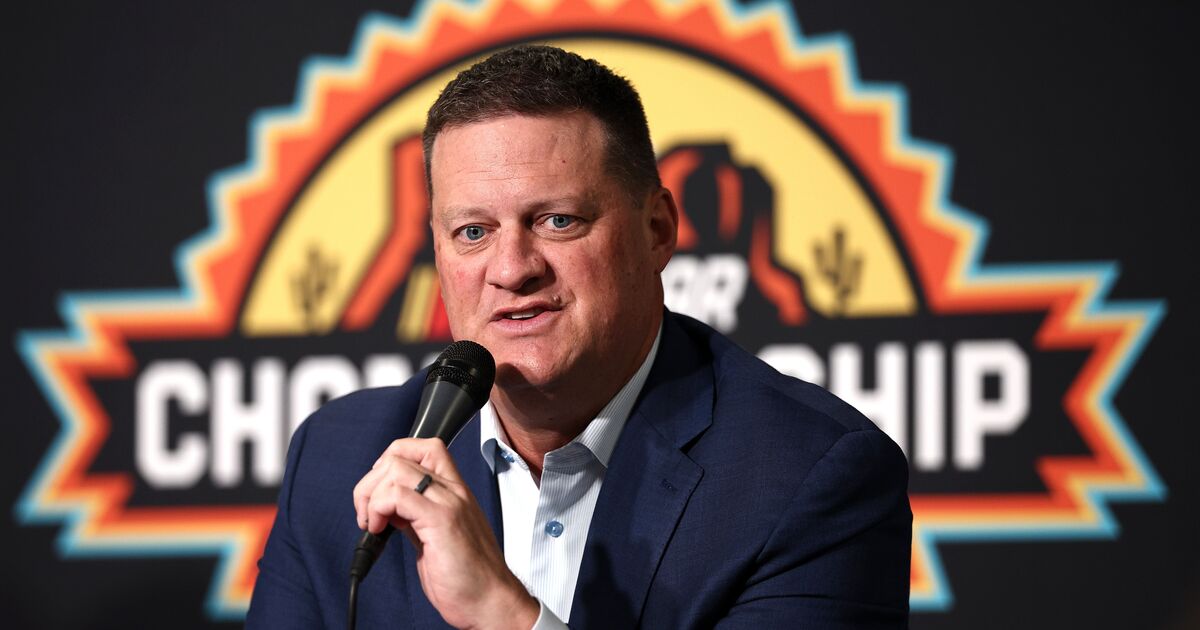NASCAR President Steve O’Donnell revealed to Dale Earnhardt Jr that the sanctioning body will be implementing a major change to the Cup Series next season.
In recent months, fans, pundits and drivers alike have been calling on NASCAR to increase the speed of Next Gen cars — which in turn would make racing in the Cup Series more exciting.
Recent horsepower tests at New Hampshire Motor Speedway produced a “surprising result,” but seem to be enough for NASCAR top brass to introduce modifications.
While making an appearance on the ‘Dale Jr. Download,’ O’Donnell announced that NASCAR intends on increasing the target horsepower for Next Gen cars to 750 at all road courses and tracks under 1.5 miles in length during the 2026 Cup Series campaign.
“So, why 750? Why not 800? Why not 1,000? So, if you look at where we are today, where we can go without completely changing over the industry,” O’Donnell explained. “And so whatever you do, you want to make sure that if you’re going to change the horsepower within the car, you’ve got to match it up with the aero of the car, you’ve got to match it up with braking. All of these different things come into play.”
As for what made NASCAR pivot to this plan, O’Donnell credited the decision to motorsport fans and stakeholders who voiced their displeasure with the current state of the Cup Series. “We hear the fans, we hear the industry,” he said. “Yes, we want to try and see what will work here.”
During the brainstorming process, NASCAR mulled over enforcing an even greater increase in horsepower. Yet the decisionmakers ultimately settled on 750, citing the costs that race teams and engine builders would inevitably incur.
“If you went beyond 750, we looked at almost $40-50 million cost to the industry,” O’Donnell said. “And so if you look at our job, it’s, yeah, you want to make a call right away. But you’ve got to think about the out years.
DON’T MISS:
“We’re looking at Dodge coming into the sport, we’re looking at other OEMs coming into the sport, and then our current partners. Three-year runway, we didn’t want to say, ‘Alright, it’s 1,000 now,’ and then, just kidding, three years from now, we’re changing it again. That’s 100s of millions of dollars to the industry.”
Looking ahead to next season, road courses impacted by the horsepower change are Charlotte Motor Speedway ROVAL, Circuit of The Americas, the new San Diego Street Circuit, Sonoma Raceway and Watkins Glen International.
Oval tracks that fall under the 1.5 -mile length benchmark include Bowman Gray Stadium, Bristol Motor Speedway, Darlington Raceway, Dover Motor Speedway, Iowa Speedway, Martinsville Speedway, Nashville Superspeedway, New Hampshire Motor Speedway, North Wilkesboro Speedway, Phoenix Raceway, Richmond Raceway and World Wide Technology Raceway.

